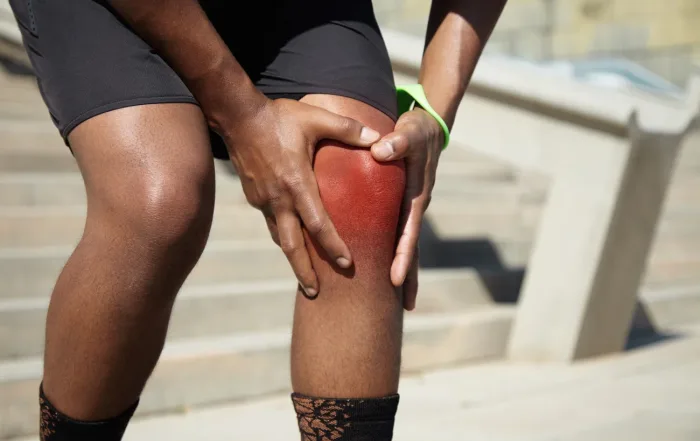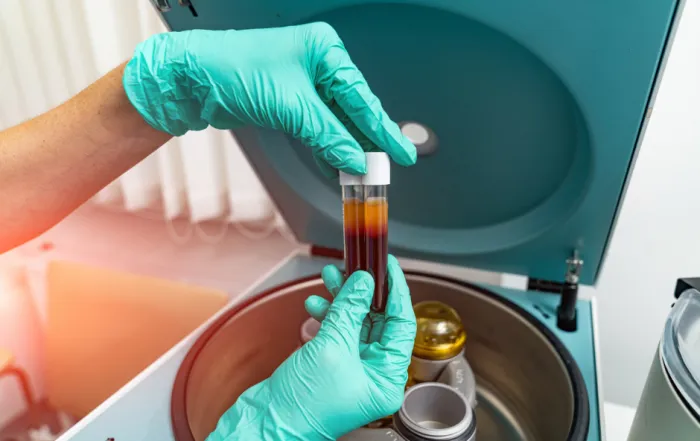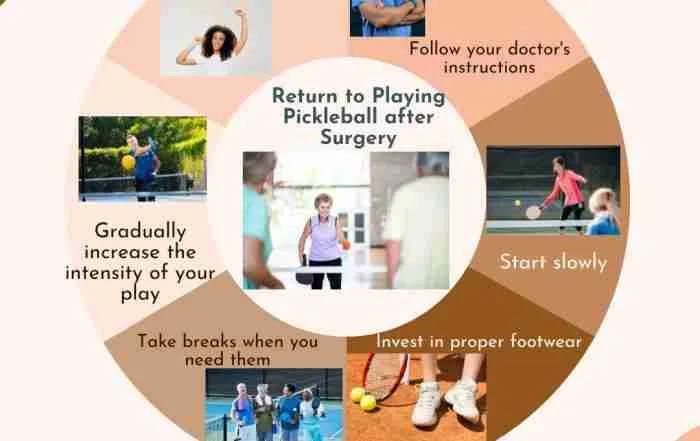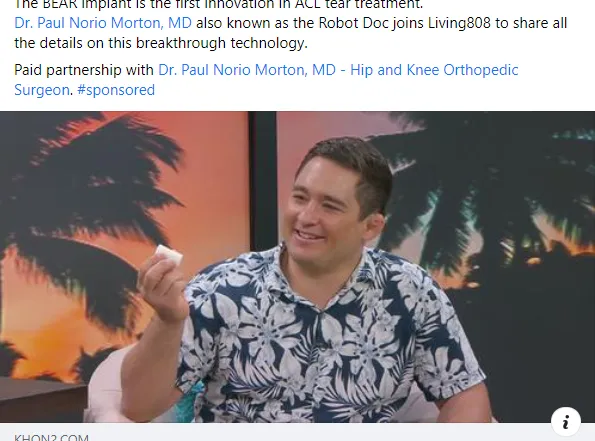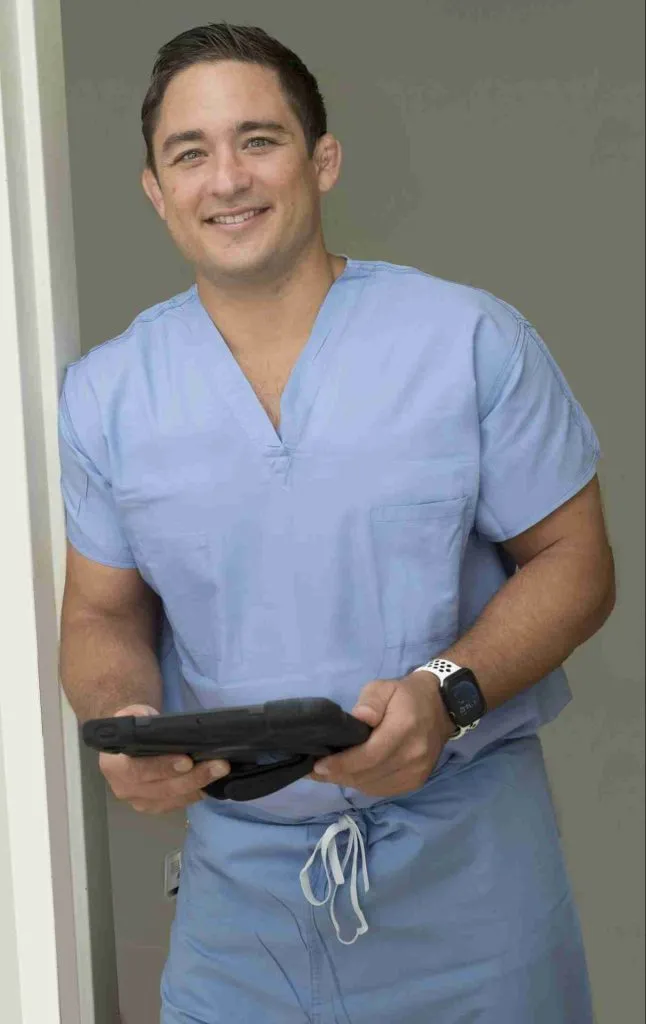
What is Normal Ankle Anatomy?
What’s the difference between Achilles Tendinopathy and Achilles Tendon Rupture?
Some people may have heard of Achilles tendinopathy in addition to Achilles tendon rupture and may not understand the difference between the two. Tendinopathy describes pain or stiffness of the tendon and can be acute or chronic. Acute pain normally occurs with athletes who suddenly increase their activity. A classic example is a runner who starts training for a marathon. The pain builds gradually over a period of days to weeks. Chronic pain can be caused by poor running form, poor footwear, or low but sustained mechanical stress. Pain typically improves with rest.
Achilles tendon rupture is different. It is a sudden event, typically associated with a sudden increase in force. For example, a sudden pivot or abrupt stop-and-go motion can cause the tendon to experience a rapid increase in force. If the force overwhelms the strength of the tendon, the tendon can rupture. Certain medications, like ciprofloxacin, can make people more prone to rupture. Patients who have experienced a ruptured Achilles tendon often complain of a “popping” sensation followed by sudden, severe pain.

What is the Treatment for an Achilles Tendon Rupture?
Non-Operative Treatment
Non-operative treatment refers to management that does not involve surgery. Beyond the management methods mentioned above, non-operative management includes a CAM boot for six to eight weeks. This method immobilizes the joint and allows the tendon to heal on its own. Afterward, the orthopedic surgeon may recommend physical therapy to help strengthen the tendon and the surrounding muscles. We follow a specific protocol as listed below.
The non-operative option is not for everyone. It is ideal for people who often are older, who would like to avoid surgery, and do not participate in athletic or strenuous activities. Some surgeons believe that Achilles tendon ruptures that are managed non-operatively are more likely to re-rupture.
Operative
Surgical options are better suited for those who are younger, more active, and have less aversion to surgery. A repair allows the surgeon to visualize the tendon and bring the two edges of edges of tendon back together and sew together with suture. Surgical management decreases the rate of re-rupture, making it a better option for people who anticipate leading an active lifestyle.
When choosing either non-operative or operative management, it is important to consult an orthopedic surgeon. He or she can help decide which treatment option is most appropriate.
Summary
Related Pages
The Role of PRP in Treating Sports Injuries for Athletes
In the competitive world of sports, athletes constantly push their bodies to the limit, which, unfortunately, often leads to injuries. The quest for effective and swift recovery solutions is ongoing from tendonitis and [...]
Demystifying PRP Therapy: Understanding the Science Behind Platelet-Rich Plasma
In the quest for advanced healing techniques, Platelet-Rich Plasma (PRP) therapy emerges as a beacon of hope for those suffering from various orthopedic conditions, including osteoarthritis and tendon injuries like tennis elbow. This cutting-edge [...]
CBD in Orthopedic Practice: Enhancing Recovery and Well-being Beyond Opiates
The integration of Cannabidiol (CBD) in orthopedic practice offers a promising alternative to traditional opiate-based pain management.
Exploring the Relationship Between Joint Replacement and Running: Insights from a Recent Study
Introduction As an orthopedic surgeon specializing in joint replacement, I often encounter patients eager to return to their active lifestyles post-surgery. A common question is, "Can I return to running after my joint replacement?" [...]
Tips on Returning to Pickleball after Hip or Knee Replacement
[toc] What is Pickleball? Pickleball is a fun and exciting sport enjoyed by people of all ages. Its simple rules and low-impact nature make it an excellent option for people who want to stay [...]
How The BEAR Implant Works To Heal ACL Tears
Heal your ACL Tear Choose Dr. Morton as your Anterior Cruciate Ligament Surgeon Board Certified, Fellowship-trained Knee Surgeon Latest Technology High success rate Minimally Invasive surgery ACL [...]

